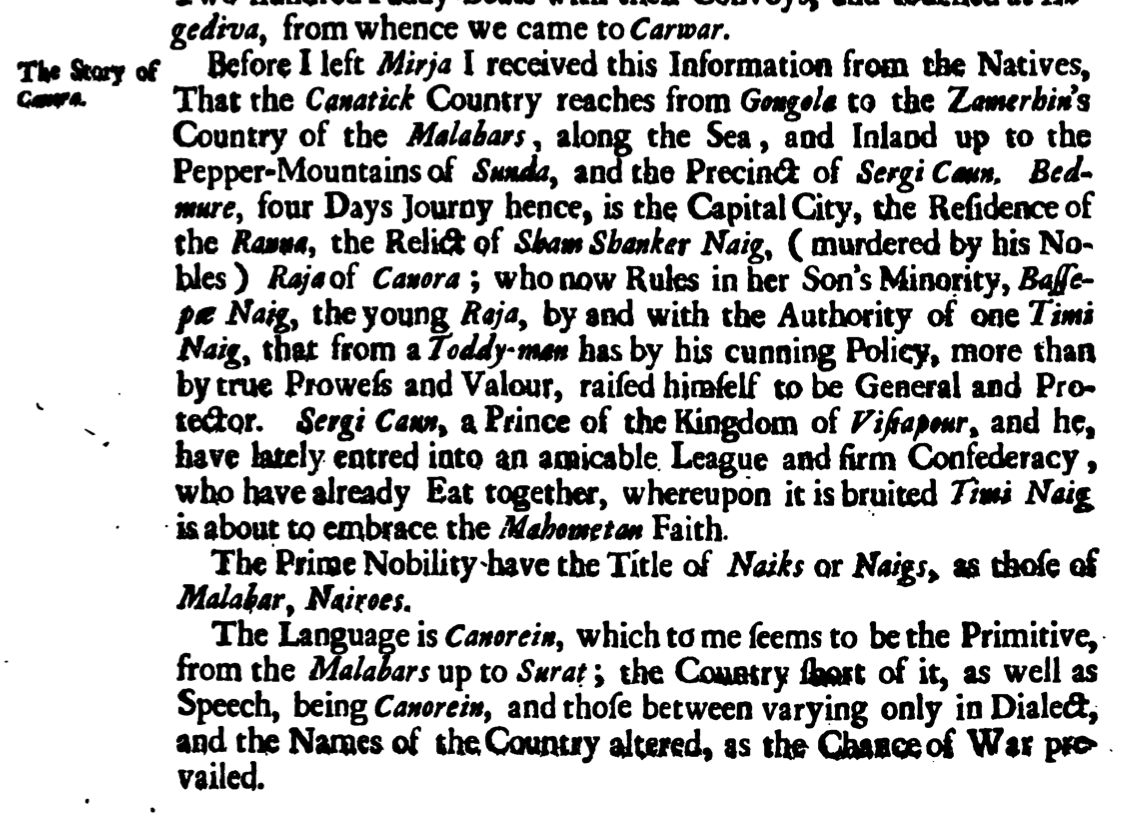
ಕನ್ನಡಿಗ. Value ideas, avoid ideologies. Independent thinking. Anti-extremism. Non-PC. Engagement ≠ endorsement. Languages, history, and current affairs.
How to get URL link on X (Twitter) App

https://twitter.com/kodlady/status/1650546179212709889Sure, you can build temples, religious and cultural associations etc abroad, these primarily serve first gen. NRIs. The reality is that through the generations dilution of that culture/heritage inevitably occurs to some degree for many reasons. This realisation produces guilt.






https://twitter.com/scroll_in/status/1552172192569298944Preamble - The word 'rasa' used cannot merely be interpreted as 'juice' in general, if you look at the context it's about to be mentioned in (i.e. heat/strong sun used in preparation, mention of making fruit last long). It is a fruit essence/concentrate, a jam in modern terms.
https://twitter.com/Earlhastings1/status/1551748999987998720In the modern day, the maṇḍige (atleast around Belagavi) is a wafer thin wheat dough cooked on a convex surface, stuffed and folded with sugar, cardamom, and clarified butter, a specialist's preparation. Pūtarēkulu is its Āndhra cousin, even harder to prepare.



 'Kōpēśvar' today is (incorrectly) related to a myth where Śiva becomes angry. Ten inscriptions've been found in the temple compound. One in Sanskrit (below), is of the era of the Yādavas of Dēvagiri (1224 CE), mentioning the deity as Koppēśvara. Nine older ones are in Kannada.
'Kōpēśvar' today is (incorrectly) related to a myth where Śiva becomes angry. Ten inscriptions've been found in the temple compound. One in Sanskrit (below), is of the era of the Yādavas of Dēvagiri (1224 CE), mentioning the deity as Koppēśvara. Nine older ones are in Kannada. 


 What followed was the king (or rather, his administrators/underlings) plundering the village, and 'loosening the clothing' (uḍeyuccu) of the village's women, an inscriptionally common euphemism that probably stands for sexual harrassment/violence in some form(s).
What followed was the king (or rather, his administrators/underlings) plundering the village, and 'loosening the clothing' (uḍeyuccu) of the village's women, an inscriptionally common euphemism that probably stands for sexual harrassment/violence in some form(s).

https://twitter.com/thewire_in/status/1455803182546923525The Sanskrit inscription praises King Caulukya Arjunadēva, and merely describes details re. land purchase, local 'Hindu' elites involved in the affair, and maintenance/expenses of the mosque. Surplus wealth post-expenses, was to be sent straight to Makhā (Mecca)/Madīnā (Medina).


 An extract from 'The Gazetteer of Bombay City and Island Vol. I', by S.M. Edwards, published 1909 (p144). He states that "the earliest English code of laws for Bombay island was translated into the Portuguese and Kanarese languages only". Interesting that it wasn't in Marathi.
An extract from 'The Gazetteer of Bombay City and Island Vol. I', by S.M. Edwards, published 1909 (p144). He states that "the earliest English code of laws for Bombay island was translated into the Portuguese and Kanarese languages only". Interesting that it wasn't in Marathi. 
https://twitter.com/omshivaprakash/status/1172908306496540672Another issue is mockery of dialects/manners of speech, that renders people insecure about openly speaking in dialect (applies more to dialects more deviant from the standard). These are the real day to day threats to dialects as I see it, not some 'absence of official status'.